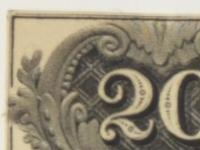This first lesson focuses on how and why our first bank was started and financed. Students will see the bank in the context of the Revolutionary War and the importance of our founding fathers, while learning important financial literacy concepts such as loans, investing, and deposit/withdrawal.
This lesson aligns with the state standards, Common Core standards and Financial Literacy standards. It is meant as an overview of the basic functions of a bank and its role in the founding of the United States before diving more into financial literacy and currency in the following lessons. Providing students with an understanding of our economic history will help them understand both the functions of a bank and their own personal finances. Activities are included and can be used in conjunction with any of the lessons within this unit.


